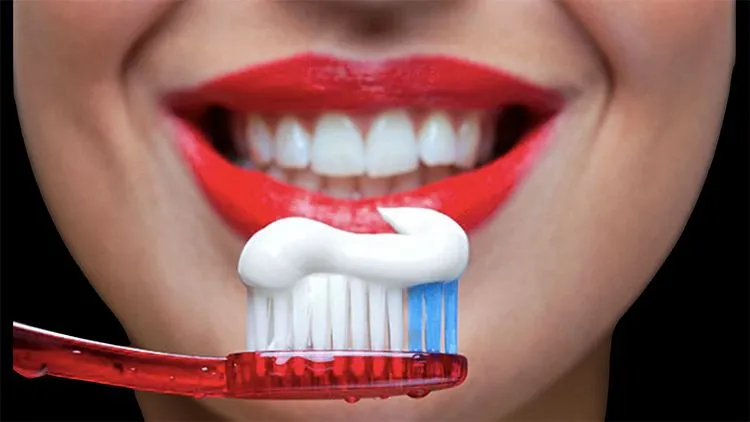Gum Treatment
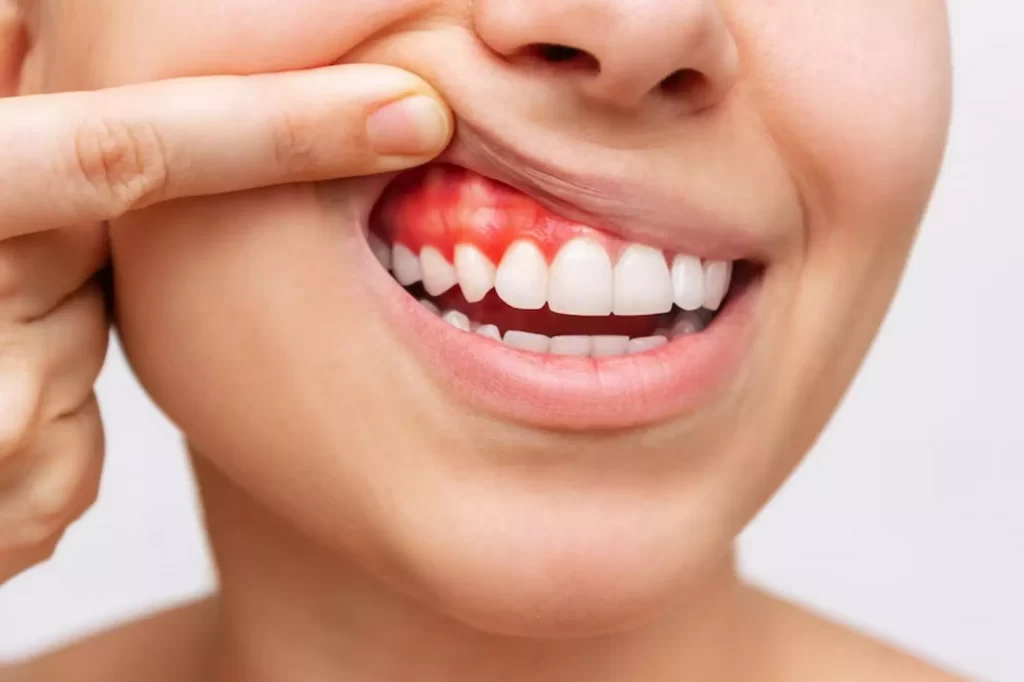
Gum treatment is an essential part of oral health, playing a pivotal role in supporting and maintaining teeth. Gum problems are not just a cosmetic issue, they are a health problem that affects the quality of daily life of individuals. If not treated properly, they can develop into serious conditions that lead to tooth loss and other health problems.
The prevalence of gum problems among individuals indicates the importance of awareness and education about gum treatment and prevention of gum-related diseases. In this article, we will review the main causes of gum problems, symptoms to watch out for, necessary tests and diagnoses, in addition to available treatments and effective methods of prevention.
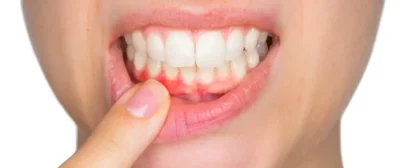
Main Causes of Gum Problems:
Gum treatment can solve many problems that have multiple causes, the most prominent of which are:
- Gingivitis:
It is caused by the accumulation of plaque and tartar on the teeth. This accumulation causes redness, swelling, and bleeding of the gums when brushing the teeth. - Periodontal disease:
If gingivitis is left untreated, it can develop into periodontitis, where bacteria damage the tissues that support the teeth and lead to tooth loss. - Smoking:
Smoking is a major factor in gum problems, as it reduces blood flow to the gums and weakens the immune system. - Chronic diseases:
Diseases such as diabetes increase the risk of gum problems. - Bad eating habits:
An unbalanced diet, especially a lack of essential vitamins and minerals like Vitamin C, can lead to weak gums. - Genetic factors:
Genetics play a role in determining how susceptible an individual is to gum problems.
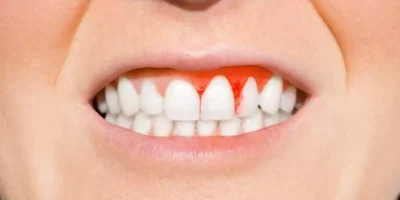
When Does a Person Need Gum Treatment?
A person needs gum treatment when symptoms appear that indicate a health problem that requires intervention. The most prominent of these symptoms are red and swollen gums, bleeding gums when brushing teeth or eating, receding gums and exposing tooth roots, persistent bad breath, and feeling pain or sensitivity in the gums and teeth.
If you notice pockets between your gums and teeth or movement of your teeth, this is a strong indication that you need immediate gum treatment. Delaying treatment can lead to worsening of the problem and tooth loss. Therefore, it is essential to visit your dentist regularly for early detection and proper treatment to maintain healthy gums and teeth.
For more tips on daily oral health care, you can read our article on: Teeth Cleaning
Examinations and Diagnosis for Gum Treatment:
Diagnosing gum problems begins with a visit to the dentist to determine the appropriate gum treatment. The dentist will examine the gums and measure the depth of the gum pockets using a special tool to check the extent of gum recession around the teeth. In addition, the patient may be asked to take X-rays to determine the extent of damage to the bone surrounding the teeth.
These examinations allow the doctor to develop an appropriate gum treatment plan based on the gum condition, which contributes to achieving effective results and restoring full oral health. Early attention and accurate diagnosis play a crucial role in preventing the aggravation of gum problems and improving the quality of life.
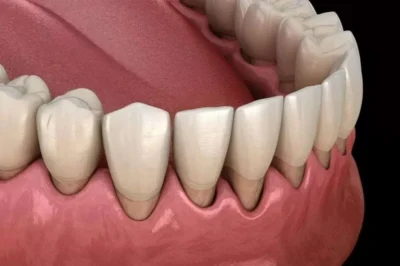
Types of Gum Treatment:
There are many types of Gum Treatment Available depending on the severity and type of condition, including:
- Home and preventive gum treatment:
Treatment is done by using a soft toothbrush and dental floss regularly to remove plaque and tartar and prevent their buildup. In addition using an antiseptic mouthwash, which reduces bacteria and helps maintain healthy gums. - Professional gum treatment:
This procedure involves removing tartar buildup from below the gum line and smoothing the roots of the teeth. Topical or oral antibiotics may also be used to treat bacterial infections in the gums. In some cases, the doctor will clean the deep periodontal pockets between the teeth and gums to remove bacteria and reduce inflammation. - Surgical gum treatment:
Gum surgery: The gums are lifted, the deep roots are cleaned, and then reattached properly, reducing the depth of the gum pockets. - Gingival grafting
It is used to compensate for lost tissue due to gum recession, where tissue is taken from the roof of the mouth or other areas and added to the areas of recession. - Directed tissue regeneration
It helps stimulate the growth of damaged tissues and bones using special materials placed between the bone and the gums.
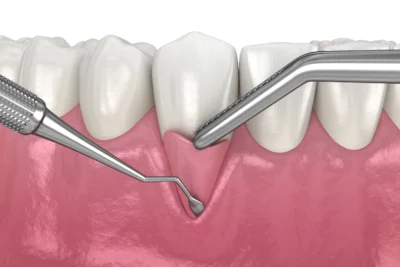
Preventing Gum Problems:
Preventing gum problems requires following a set of daily procedures and healthy habits that help maintain oral and dental health. Here are some effective tips for preventing gum problems:
- Use a soft brush brush your teeth twice daily, and floss daily.
- Choose an antiseptic mouthwash to kill bacteria.
- Eat a balanced diet rich in vitamins and minerals, and avoid sugary foods.
- Smoking increases the risk of gum problems.
- Visit your dentist twice a year for checkups and cleanings.
- Know the symptoms of gum problems and do not ignore any abnormal signs.

Frequently Asked Questions About Gum Treatment
🔹 How long does it take to treat gingivitis?
The duration of treatment varies depending on the severity of the inflammation. Some mild cases respond within days, while advanced cases may require a treatment plan that lasts for several weeks under the supervision of a doctor.
🔹 What is the difference between gingivitis and gum disease?
Gingivitis is an early stage that can be easily treated, while gum disease (such as gum recession or bone loss) is more serious and requires professional intervention.
🔹 Does gingivitis cause bad breath?
Yes, one of the most prominent symptoms of chronic gingivitis is bad breath resulting from the accumulation of bacteria and dental plaque.
Finally:
Taking care of your gums isn't just a step toward improving the appearance of your smile, it's an essential part of your overall health. By following a daily oral care routine and making sure to visit your dentist regularly, most gum problems can be prevented.
If any symptoms such as bleeding or swelling occur, gum treatment should be sought to prevent the condition from progressing. Early treatment and adherence to healthy habits ensure strong gums and healthy teeth, which contribute to enhancing self-confidence and overall quality of life. Remember, healthy gums are the foundation for a bright smile and a healthy life.
Please enter your data correctly
We will contact you as soon as possible.


